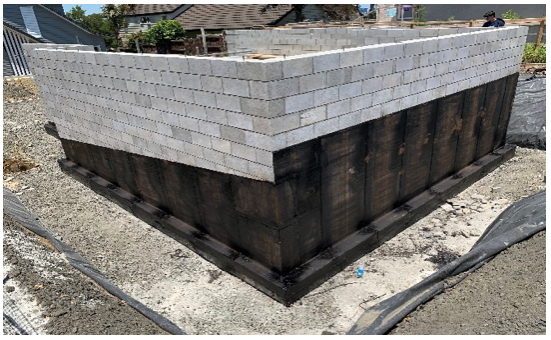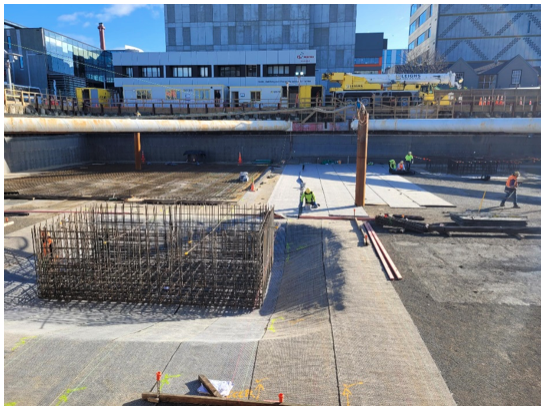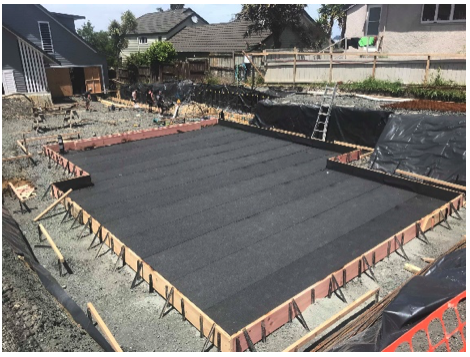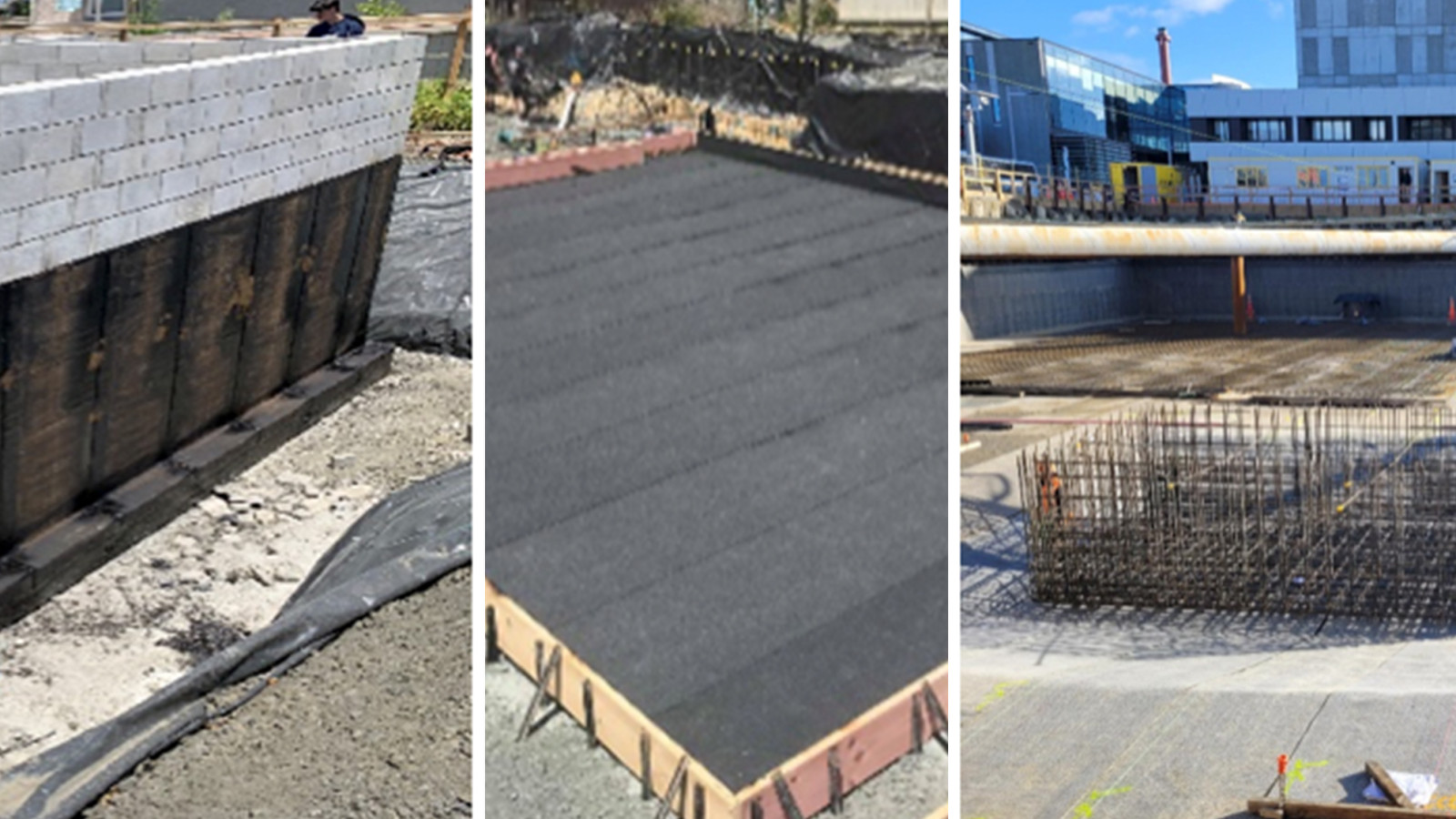An installed DPM will only retard the absorption of moisture in the absence of hydrostatic pressure.
Hydrostatic pressure may not always be present during the design or installation phase but can result from any number of events such as climate change, or even changing land use i.e. subdivision development with resultant changing water flow patterns.
When designing a building, one of the first questions a designer must ask is: How do I ensure I keep moisture out of the structure?
When it comes to below ground, in an area that can be constantly wet, what options are there?
What are the implications of getting this wrong?
A DPM is not a waterproofing membrane!
Tanking systems available, and some of their benefits and pitfalls include:
- Liquid systems
- Sheet membrane systems such as torch-applied or peel and stick bitumens, rubbers and thermoplastics
- Bentonite (installed in mat form)
Briefly, and without getting too technical:
- Liquids are easy to apply and may be cost-effective. They are reliant on a number of coats to achieve the correct build-up of product. They are also often reliant on weather temperatures for curing. Used mostly on low-risk walls and retaining walls, or as a transition on complex geometry as they may be used in conjunction with some sheet membranes.
- Sheet membranes provide a consistent, even layer-thickness of membrane that are able to be continuously bonded.
- Some sheet membranes chemically cure to the concrete. This allows them to be used in tight situations with concrete directly poured onto the membrane. They often benefit from a high puncture resistance.
- Torch-applied membranes are installed using a flame to melt the bitumen onto a primed surface.
- Self-adhered membranes have a wax paper that is removed and, with the aid of a pressure roller the membrane is adhered to the primed surface.
- Bentonites are installed in mat-form and must be confined. They rely on moisture to activate the clay, which in turn will swell. The resulting pressure creates a barrier that will not allow water to pass. Even after installation, when punctured, bentonites display a self-healing property when moisture is introduced.
All systems must only be installed by trained and approved applicators who follow the manufacturer’s instructions.
Success beyond the specification
Regardless of the system chosen, applicator skill, weather, backfilling and the site conditions will play a vital part in the success of each installation.

Fig 1. Bituminous vertical system with plenty of dry space to work — an ideal situation.
Installations carried out in muddy conditions can often result in defects. Before the membrane system application commences, it is critical to create a site that is clean and, in the event of rain, has means of de-watering. Placing metal down to create a solid and drained platform, with lower areas for sump-pumping is essential.

Fig. 2 Bentonite under-slab system.
Not all products are suitable for all conditions. If you need a product where there is little room to access the wall, or a product that is hydrocarbon or radon resistant for example, there is a product that will work. You definitely do not want to get this specification wrong, as the implication will be a ticking time-bomb for the integrity of the building structure and the health of the people in it for years to come.

Fig 3. An under-slab Bituminous system.
All the answers can be found in the Below Grade Tanking Code of Practice by the Waterproofing Membrane Association Inc.
This collaboration by industry experts, to produce this document from often divergent viewpoints, is intended to give designers and installers an impartial clarity over the choice of systems available.
Suppliers of these products are found on the first page and applicators who support the WMAI are on the last page.
Visit the WMAI website to purchase the Below Grade Tanking Code of Practice




























 Most Popular
Most Popular Popular Products
Popular Products


